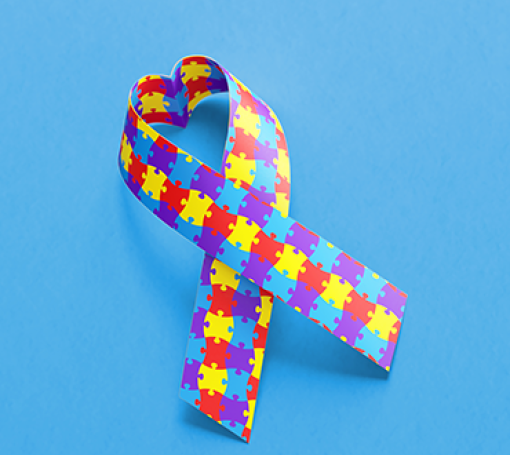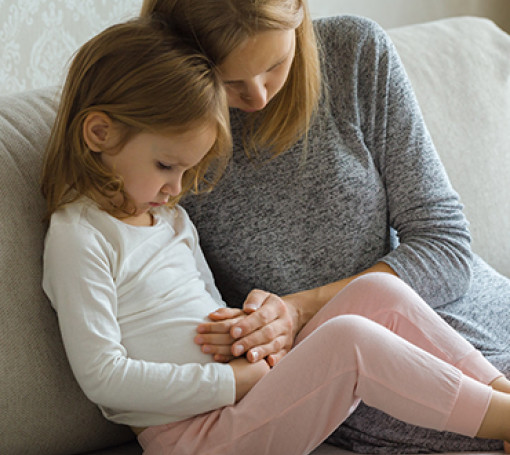Secondhand smoke is smoke from burning tobacco, which includes cigarettes, cigars, and pipes. It is important to understand that there is no risk-free level of secondhand smoke exposure. Even a short exposure can have harmful effects on the health of children. Additionally, harmful toxins remain in hair, clothing, carpet, and upholstery in places where people smoke.
Effects of Secondhand Smoke
Children’s bodies are still developing, making them more vulnerable to the harmful effects of tobacco smoke.
The short term effects of secondhand smoke in children include:
- Ear infections
- Asthma attacks
- Respiratory symptoms and infections (such as coughing, sneezing, wheezing, phlegm, and bronchitis)
- Increased risk for Sudden Infant Death Syndrome (SIDS)
- Tooth decay
- Prolonged illnesses and increased school absences
The long term effects of secondhand smoke in children include:
- Poor lung development
- Lung cancer
- Heart disease
- Cataracts
How to Protect Your Child from Secondhand Smoke
In order to eliminate the risk of exposure to secondhand smoke, all members of the household need to stop smoking. The home and car need to be smoke free zones. Additionally, ensure childcare environments (daycare and babysitters) are smoke free and keep children away from places where smoking is allowed.
Resources:
Lexi Abel is a Nurse Practitioner at Allegro Pediatrics.
Keep Reading
View All Posts
Autism Acceptance
April is Autism Acceptance Month. Lauren Frishholz, Nurse Practitioner at Allegro Pediatrics, offers helpful information for families of children with an autism diagnosis.

Constipation
Constipation is common in children. Learn what is considered healthy and what you should do if you believe your child may be constipated.

Children & Nutrition
Dr. Eva Taylor answers some of the most common questions about children and nutrition.

